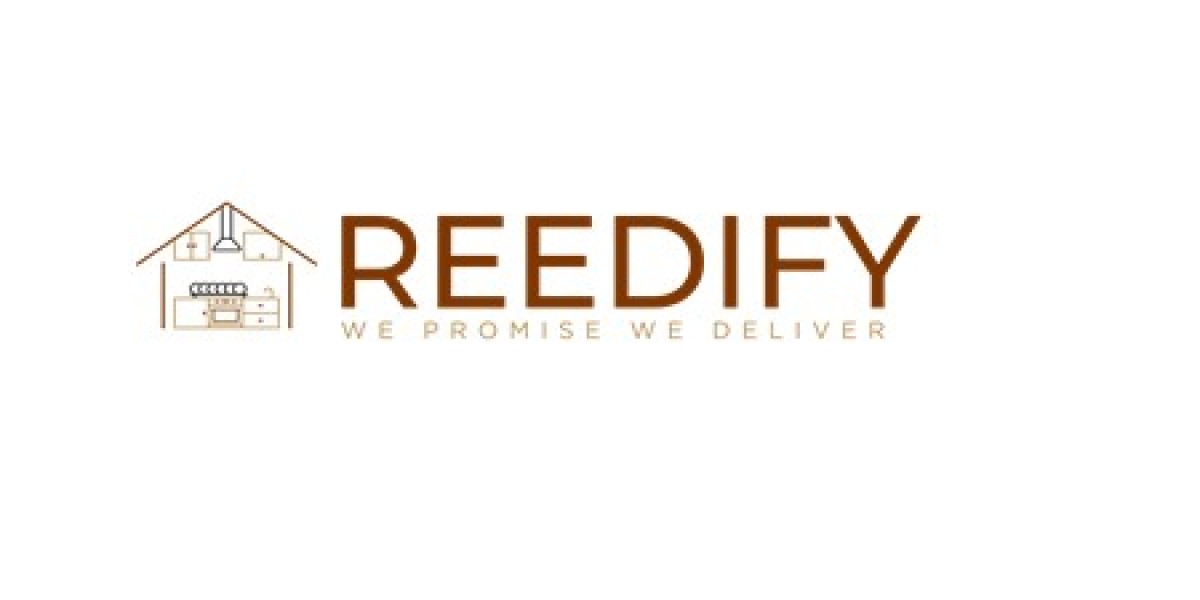Pre purchase house inspection is a crucial step in the home-buying process, ensuring that your investment is secure and that you're making an informed decision. At Safehome, we understand that purchasing a home is one of the most significant financial commitments you'll ever make. That's why we offer detailed pre-purchase inspections to help you navigate this important decision with confidence.
Why a Pre-Purchase House Inspection is Essential
When considering a property, it's easy to be swayed by its curb appeal or charming interior. However, underlying issues could be hiding that might require costly repairs in the future. A thorough pre-purchase house inspection can reveal hidden problems such as:
Structural Issues: Problems with the foundation, walls, or roof.
Plumbing and Electrical Systems: Potential leaks, faulty wiring, or outdated components.
Pest Infestations: Evidence of termites, rodents, or other pests.
HVAC Systems: The condition of heating, ventilation, and air conditioning systems.
Identifying these issues before making a purchase can save you from unexpected expenses and provide a clearer understanding of the property's true condition.
What to Expect During a Pre-Purchase House Inspection
1. Visual Examination
The inspector will start with a visual examination of both the interior and exterior of the property. This includes checking:
Exterior Walls and Foundation: To identify any cracks, signs of water damage, or settling issues.
Roof: For missing shingles, damaged flashing, and potential leaks.
Windows and Doors: To assess their functionality and any issues with sealing or framing.
2. Interior Inspection
The interior inspection focuses on the condition of various systems and components, including:
Plumbing: Inspecting pipes, fixtures, and water pressure to identify leaks or potential problems.
Electrical Systems: Checking the condition of wiring, outlets, and the electrical panel for safety and compliance with current codes.
HVAC Systems: Evaluating the functionality and maintenance of heating and cooling systems, including the furnace and air conditioning units.
3. Specialized Testing
Some inspections might include specialized tests, such as:
Mold and Mildew Testing: To identify any hidden mold growth that could affect indoor air quality.
Radon Testing: Radon is a colorless, odorless gas that can be harmful if present in high levels.
Pest Inspections: For properties where pests are a known concern, a separate pest inspection might be recommended.
Benefits of Hiring a Professional Inspector
Expert Knowledge
Professional inspectors have the training and experience to identify potential issues that an untrained eye might miss. Their expertise includes knowledge of building codes, construction practices, and common problems found in various types of homes.
Detailed Reports
A thorough inspection will result in a detailed report highlighting the findings. This report includes:
Photographic Evidence: Images of problem areas and potential issues.
Detailed Descriptions: Explanations of the condition of various systems and components.
Recommendations: Suggested repairs or further evaluations by specialists.
Negotiation Leverage
Armed with the inspection report, you can negotiate with the seller for repairs, a price reduction, or other concessions. This can be a critical factor in finalizing the purchase on favorable terms.
How to Prepare for a Pre-Purchase House Inspection
1. Access and Preparation
Ensure that all areas of the home are accessible to the inspector. This includes:
Basements and Attics: Clear these areas of personal belongings to allow for a thorough inspection.
Utility Rooms: Ensure that access to electrical panels, water heaters, and HVAC systems is unobstructed.
2. Documentation
Provide any relevant documentation about the property, such as:
Previous Inspection Reports: If available, these can offer insight into past issues and repairs.
Maintenance Records: Details of regular maintenance or recent repairs can be helpful.
Common Issues Found During Pre-Purchase Inspections
Structural Defects
Foundation Cracks: Can indicate serious issues with the stability of the home.
Roof Damage: Missing or damaged shingles and poor drainage can lead to leaks.
Plumbing Problems
Leaks: Often found in pipes or fixtures, leading to water damage and potential mold growth.
Water Pressure: Low pressure can indicate blockages or issues with the plumbing system.
Electrical Concerns
Outdated Wiring: Can be a fire hazard and may not meet current safety codes.
Non-Functioning Outlets: Indicates potential issues with the electrical system.
HVAC Issues
Inefficiency: An old or poorly maintained HVAC system can result in high energy bills and reduced comfort.
Inconsistent Temperature Control: May indicate problems with the system's operation or ductwork.
Conclusion
A pre-purchase house inspection is a vital step in the home-buying process, providing peace of mind and ensuring that you make an informed decision. At Safehome, we are committed to delivering comprehensive and detailed inspections to safeguard your investment. Our expert inspectors use their extensive knowledge and experience to identify potential issues, helping you negotiate better terms and avoid future surprises.
For a thorough and reliable pre-purchase house inspection, trust Safehome to provide the detailed analysis and expert advice you need to make the best decision for your future home.








